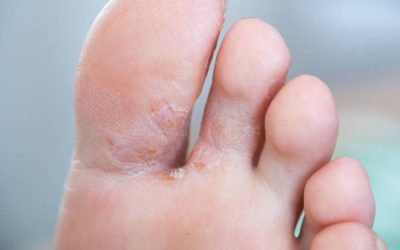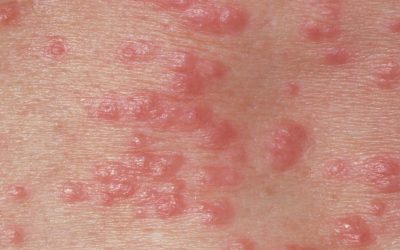Pitted Keratolysis: Causes, Symptoms, and Treatment
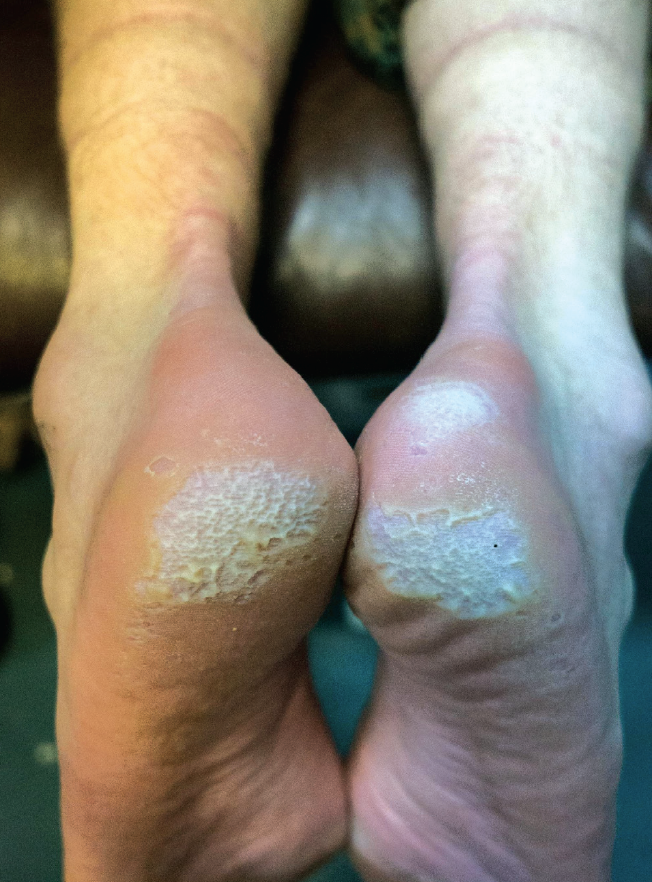
Risk factors:
- profuse sweating
- closed, air-tight footwear
- increased skin pH
- obesity
- diabetes
- immunosuppressive conditions
In the presence of these risk factors and the contribution of bacteria (Corynebacteria, Kytococcus sedentarius, Derma*****lus congolensis, Actinomyces, etc.), enzymes released by them destroy the stratum corneum of the skin and form a characteristic point lesion resembling small pits, “craters”. Sulfur-containing substances are released during this process, which causes a strong unpleasant smell.
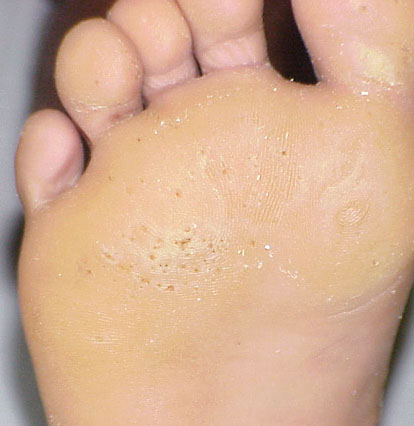
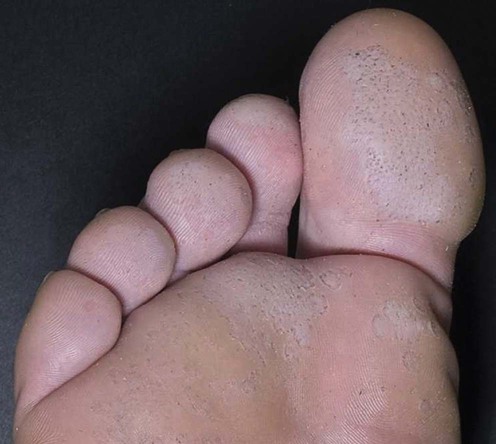
Unpleasant smell of damaged areas, as if pitted, usually the surface of the skin of the soles (palms are extremely rarely affected). Lesions can coalesce, forming hollow furrows. The rash mostly occurs in the places that rest on the surface when walking – the areas of the toes and the heel. It may itch and hurt.
Diagnostics
Diagnosed by the characteristic clinical picture. In the case of a very widespread, confluent rash, Wood’s lamp examination, microscopic examination, or skin biopsy may be performed to confirm the diagnosis.
an antibacterial wash and locally used antibacterial drugs are prescribed, selected according to the spread of the disease. Injections may be given to reduce sweating of the palms and soles.
Prevention:
- wear non-pressing, “breathable” footwear
- change shoe insoles regularly
- avoid sharing footwear with others
- wear natural fiber socks
- in case of damage to the soles, wash the socks at a temperature of 60° C to remove bacteria
- keep the feet clean
- reduce excessive sweating (antiperspirants, injections)

Athlete’s Foot: Causes, Symptoms, and Effective Treatment
Foot fungus or Athlete’s foot (tinea pedis) is the most common fungal skin infection that affects the soles, between the toes and the edges of the feet…
Scabies
Scabies is a highly contagious skin condition caused by mites, leading to intense itching and a rash. Early detection and treatment are crucial to prevent spreading. Learn how to identify, treat, and prevent scabies for healthy skin.
Polymorphic light rash (sun allergy)
Polymorphic light eruption, also known as sun allergy, is a skin condition triggered by sun exposure, leading to itchy, red rashes. This seasonal allergy often requires protective measures and specific treatments to manage symptoms and prevent flare-ups.


